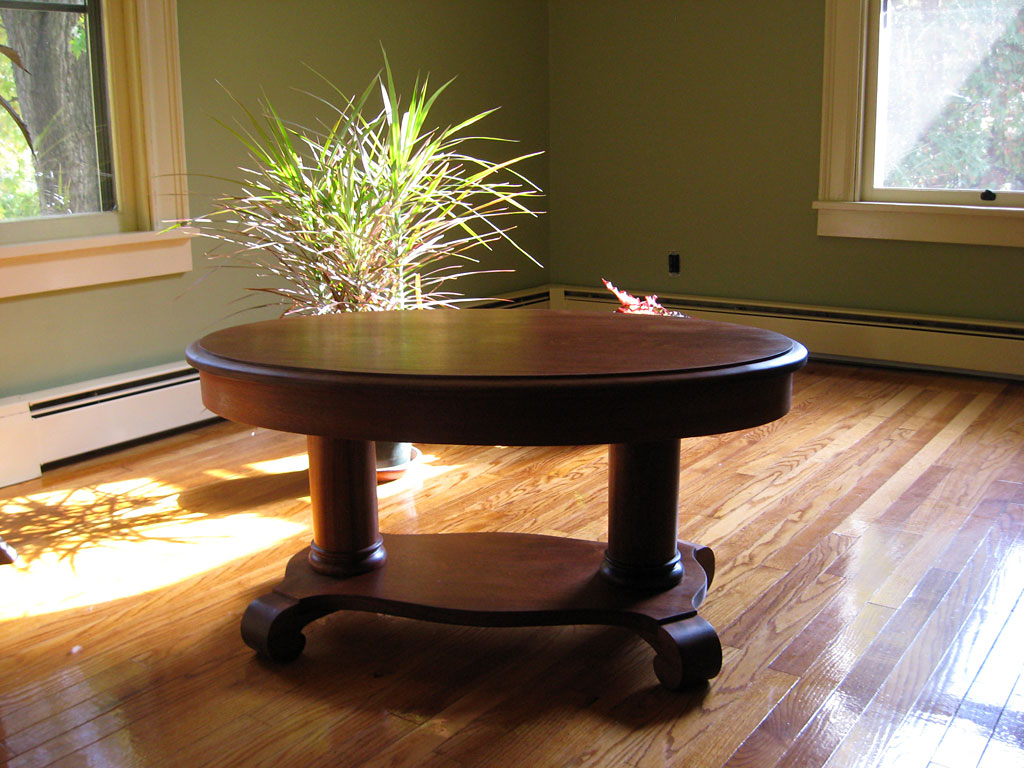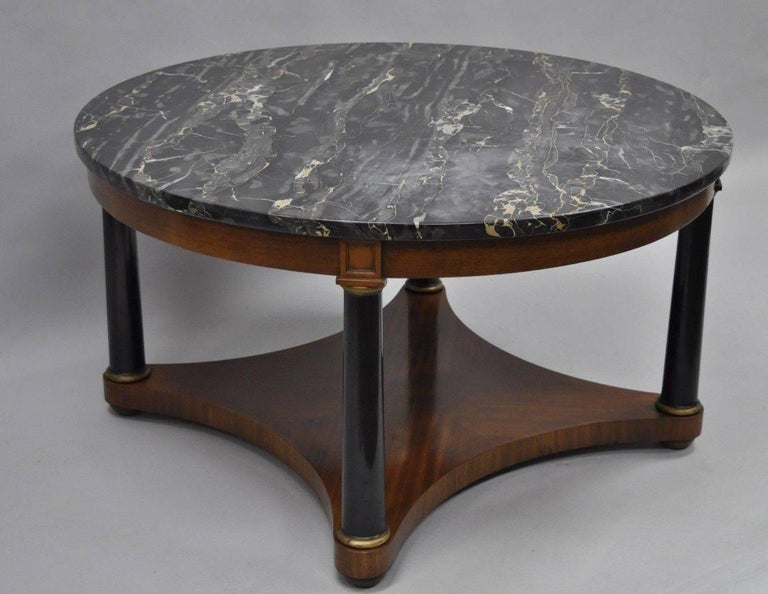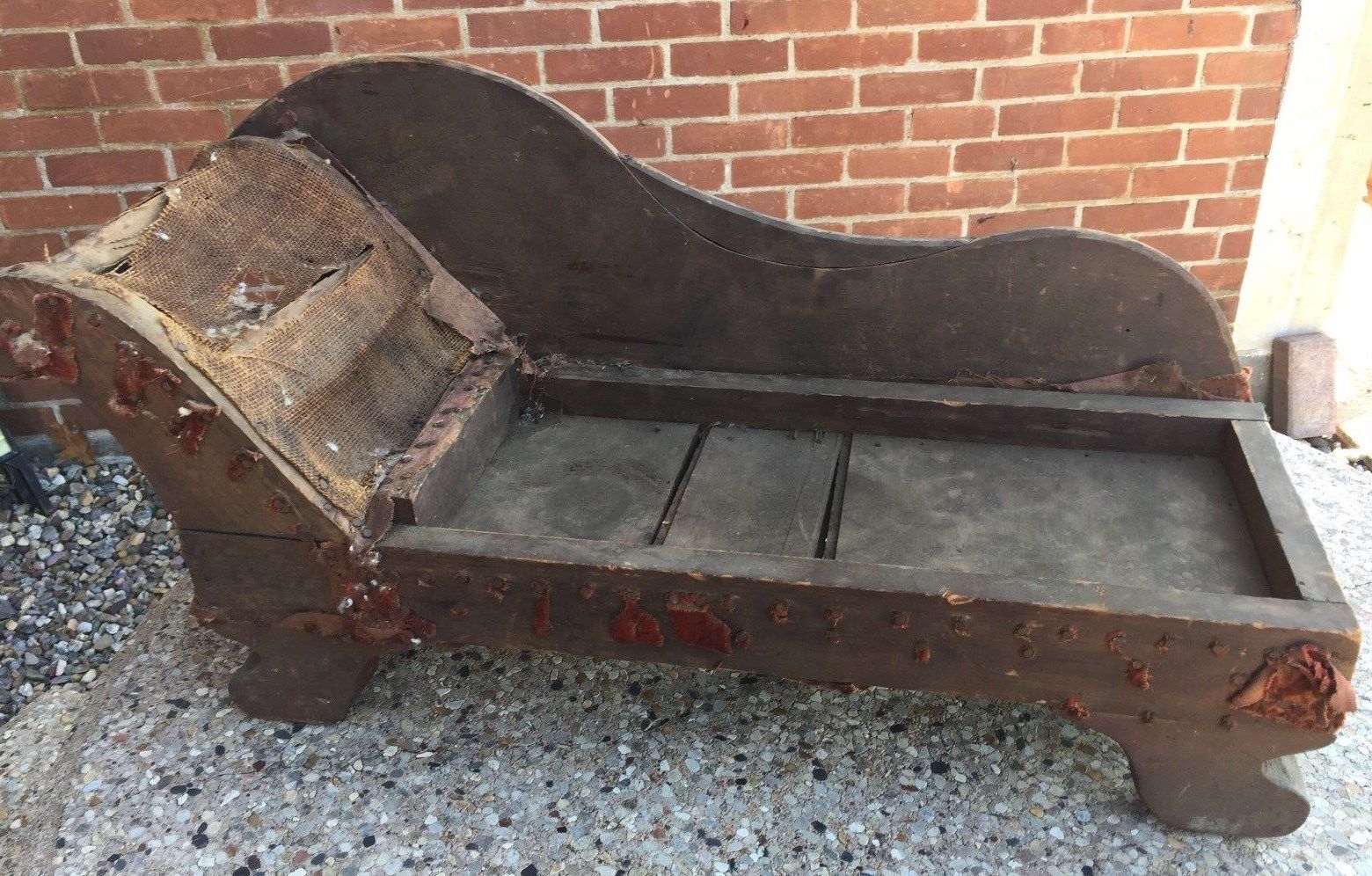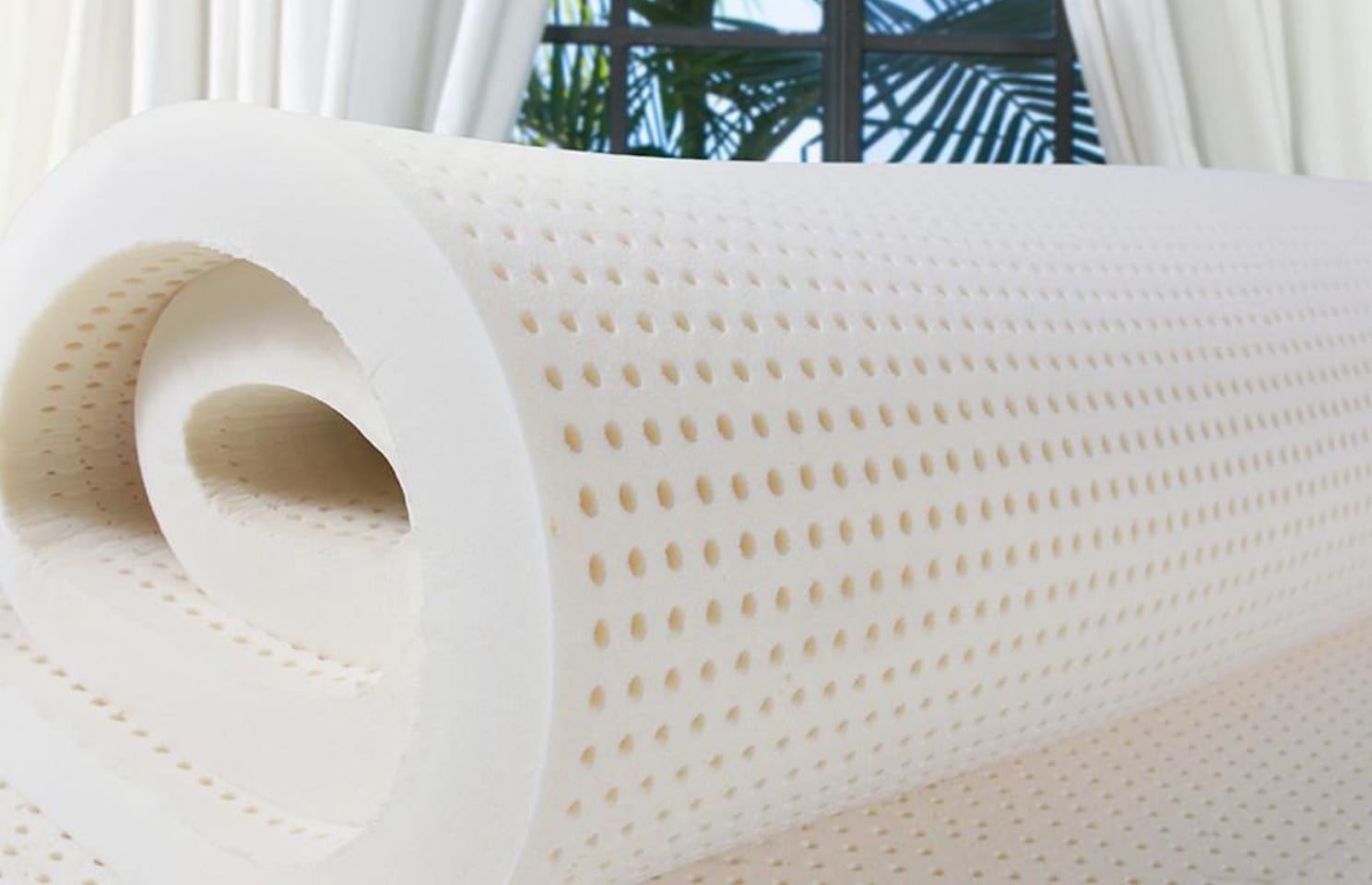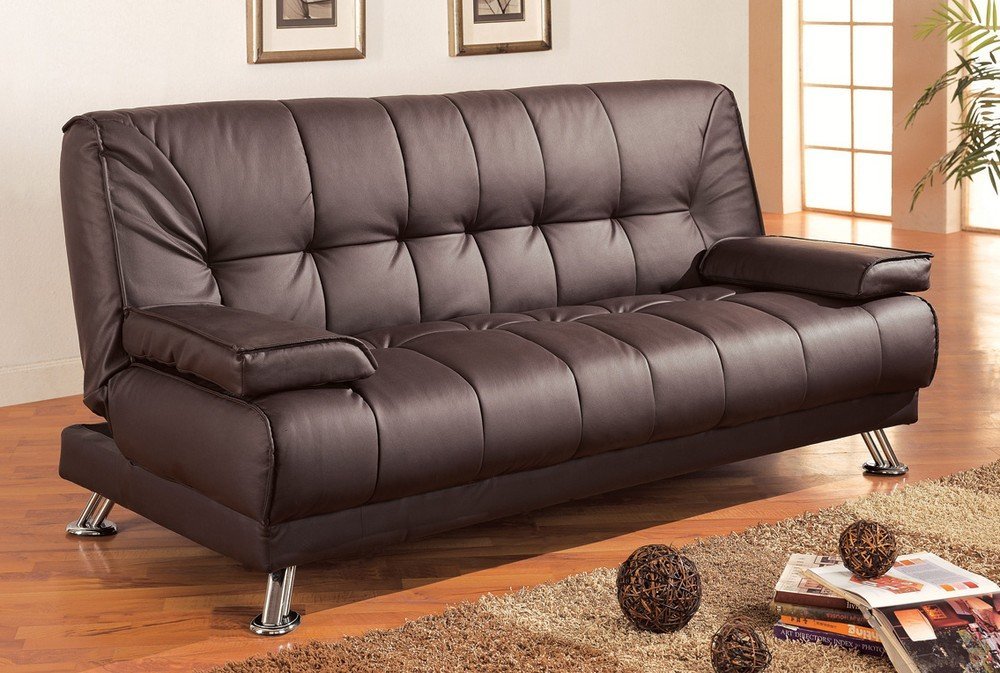The Victorian era, spanning from 1837 to 1901, was marked by a revival of classical styles and a focus on ornate and decorative designs. This influence can be seen in the furniture of the time, which often featured intricate carvings, rich fabrics, and dark woods. Victorian living room furniture, in particular, was known for its opulence and grandeur.Victorian Era Furniture
One of the most popular styles of living room furniture from the 1860s was the antique living room set. These sets typically included a sofa, armchairs, and a coffee table, all made from high-quality materials and adorned with intricate details. The pieces were often passed down through generations and prized for their craftsmanship and historical significance.Antique Living Room Set
The 1860s saw a rise in the popularity of parlor furniture, which was designed specifically for the formal sitting room in Victorian homes. This furniture was characterized by its elegant and refined appearance, with pieces such as velvet upholstered chairs, marble top tables, and ornate mirrors. The parlor was seen as a showcase of wealth and social status, and the furniture reflected this.1860s Parlor Furniture
The Eastlake style, named after British architect and designer Charles Eastlake, emerged in the 1860s and was heavily influenced by the Arts and Crafts movement. This style was characterized by its use of geometric shapes and intricate wood carvings. The Eastlake style sofa was a popular choice for living rooms, featuring a low back and plush upholstery.Eastlake Style Sofa
The Gothic Revival movement, which began in the 1740s but experienced a resurgence in the 1860s, was inspired by medieval architecture and design. This influence can be seen in the Gothic Revival chairs of the time, which featured pointed arches, intricate carvings, and dark wood finishes. These chairs were often used in Victorian living rooms to add a touch of drama and elegance.Gothic Revival Chairs
The Rococo Revival style, popularized in the 1860s, was a nod to the ornate and whimsical designs of the 18th century. This style was characterized by its use of curved lines, intricate patterns, and gilded accents. The Rococo Revival couch was a staple in Victorian living rooms, often featuring plush velvet upholstery and ornate wooden frames.Rococo Revival Couch
The Neo-Grec style, which emerged in the 1850s and gained popularity in the 1860s, was a fusion of Greek and Renaissance designs. This style was characterized by its clean lines, geometric shapes, and use of classical motifs. The Neo-Grec armchair was a popular choice for Victorian living rooms, often featuring dark wood frames and luxurious upholstery.Neo-Grec Armchair
The Empire style coffee table was a staple in Victorian living rooms, often featuring a rectangular shape and ornate details. This style, which originated in France, was characterized by its use of classical motifs and grandeur. The coffee table was a central piece of furniture in the living room, often used for serving tea or displaying decorative items.Empire Style Coffee Table
The 1860s were a tumultuous time in American history, with the Civil War raging on and influencing all aspects of life, including furniture design. Civil War era furniture was often simpler in design compared to the ornate styles of the Victorian era, reflecting the hardships of the time. Pieces were often made from more affordable materials, such as walnut and oak, and featured simpler designs with less ornamentation.Civil War Era Furniture
Aside from furniture, Victorian parlor decor was an essential element of living room design in the 1860s. This included items such as elaborate rugs, oil paintings, decorative vases, and wall tapestries. The goal was to create a lavish and luxurious space that showcased the homeowner's wealth and taste. In conclusion, the 1860s were a time of opulence and grandeur in the world of living room furniture. From the intricate designs of the Victorian era to the simpler styles influenced by the Civil War, the furniture of this time period reflected the social and cultural values of the time. Today, these styles continue to inspire modern furniture design, making them timeless classics that will always hold a special place in history.Victorian Parlor Decor
The Evolution of Living Room Furniture Styles from 1860s

The Victorian Era: A Time of Luxury and Ornate Designs
 During the 1860s, the living room was known as the "parlor" and was reserved for formal gatherings and entertaining guests. The furniture styles of this era were heavily influenced by the Victorian era, which was characterized by opulence and extravagance.
Victorian furniture
was often made from dark, heavy wood and featured intricate carvings, ornate details, and rich fabrics. Sofas and chairs were overstuffed and often featured tufting and fringe accents. Tables and cabinets were adorned with intricate details and marble tops, showcasing wealth and status.
During the 1860s, the living room was known as the "parlor" and was reserved for formal gatherings and entertaining guests. The furniture styles of this era were heavily influenced by the Victorian era, which was characterized by opulence and extravagance.
Victorian furniture
was often made from dark, heavy wood and featured intricate carvings, ornate details, and rich fabrics. Sofas and chairs were overstuffed and often featured tufting and fringe accents. Tables and cabinets were adorned with intricate details and marble tops, showcasing wealth and status.
The Arts and Crafts Movement: A Return to Simplicity
 As the Victorian era came to an end, a new movement known as the Arts and Crafts movement emerged. This movement rejected the lavish and ornate designs of the Victorian era and instead focused on simplicity and functionality.
Arts and Crafts furniture
was handcrafted using natural materials such as wood, and featured simple, clean lines. The focus was on the quality of craftsmanship rather than the opulence of the design. This style of furniture was a direct response to the industrialization and mass production of furniture during this time.
As the Victorian era came to an end, a new movement known as the Arts and Crafts movement emerged. This movement rejected the lavish and ornate designs of the Victorian era and instead focused on simplicity and functionality.
Arts and Crafts furniture
was handcrafted using natural materials such as wood, and featured simple, clean lines. The focus was on the quality of craftsmanship rather than the opulence of the design. This style of furniture was a direct response to the industrialization and mass production of furniture during this time.
The Mid-Century Modern Movement: A Shift Towards Modernity
 In the mid-20th century, the living room furniture styles took a dramatic shift towards modernity. The mid-century modern movement was characterized by clean lines, geometric shapes, and a minimalist approach to design.
Mid-century modern furniture
featured sleek, low-profile sofas and chairs with tapered legs, and tables and cabinets were made from materials such as plastic, metal, and glass. This style reflected the changing times and the desire for a more streamlined and functional living space.
In the mid-20th century, the living room furniture styles took a dramatic shift towards modernity. The mid-century modern movement was characterized by clean lines, geometric shapes, and a minimalist approach to design.
Mid-century modern furniture
featured sleek, low-profile sofas and chairs with tapered legs, and tables and cabinets were made from materials such as plastic, metal, and glass. This style reflected the changing times and the desire for a more streamlined and functional living space.
The Present Day: A Blend of Old and New
 Today, living room furniture styles are a blend of old and new. While traditional and classic designs are still popular, there is also a growing trend towards modern and contemporary styles.
Eclectic furniture
combines different eras and styles, creating a unique and personalized look. Mixing vintage pieces with modern elements has become a popular way to add character and interest to a living room. With the rise of sustainability, there is also a growing demand for eco-friendly and sustainable furniture options.
In conclusion, the evolution of living room furniture styles from the 1860s to the present day reflects the changing trends and attitudes towards design and functionality. From the opulent and ornate designs of the Victorian era to the clean and minimalistic styles of today, living room furniture has evolved to meet the needs and desires of each era. Whether it's a classic Victorian sofa or a sleek mid-century modern coffee table, there is no denying the impact that living room furniture has on the overall design and atmosphere of a home.
Today, living room furniture styles are a blend of old and new. While traditional and classic designs are still popular, there is also a growing trend towards modern and contemporary styles.
Eclectic furniture
combines different eras and styles, creating a unique and personalized look. Mixing vintage pieces with modern elements has become a popular way to add character and interest to a living room. With the rise of sustainability, there is also a growing demand for eco-friendly and sustainable furniture options.
In conclusion, the evolution of living room furniture styles from the 1860s to the present day reflects the changing trends and attitudes towards design and functionality. From the opulent and ornate designs of the Victorian era to the clean and minimalistic styles of today, living room furniture has evolved to meet the needs and desires of each era. Whether it's a classic Victorian sofa or a sleek mid-century modern coffee table, there is no denying the impact that living room furniture has on the overall design and atmosphere of a home.








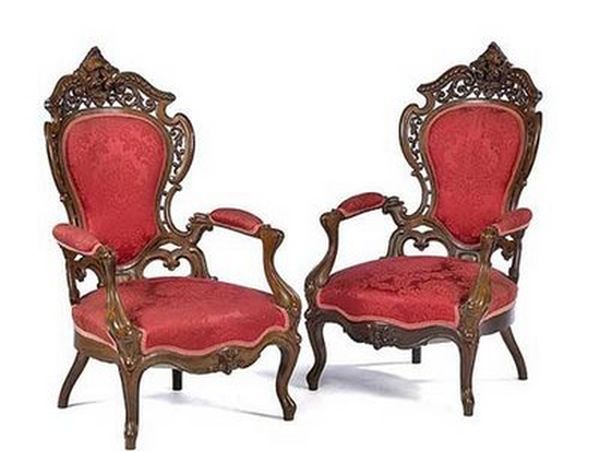






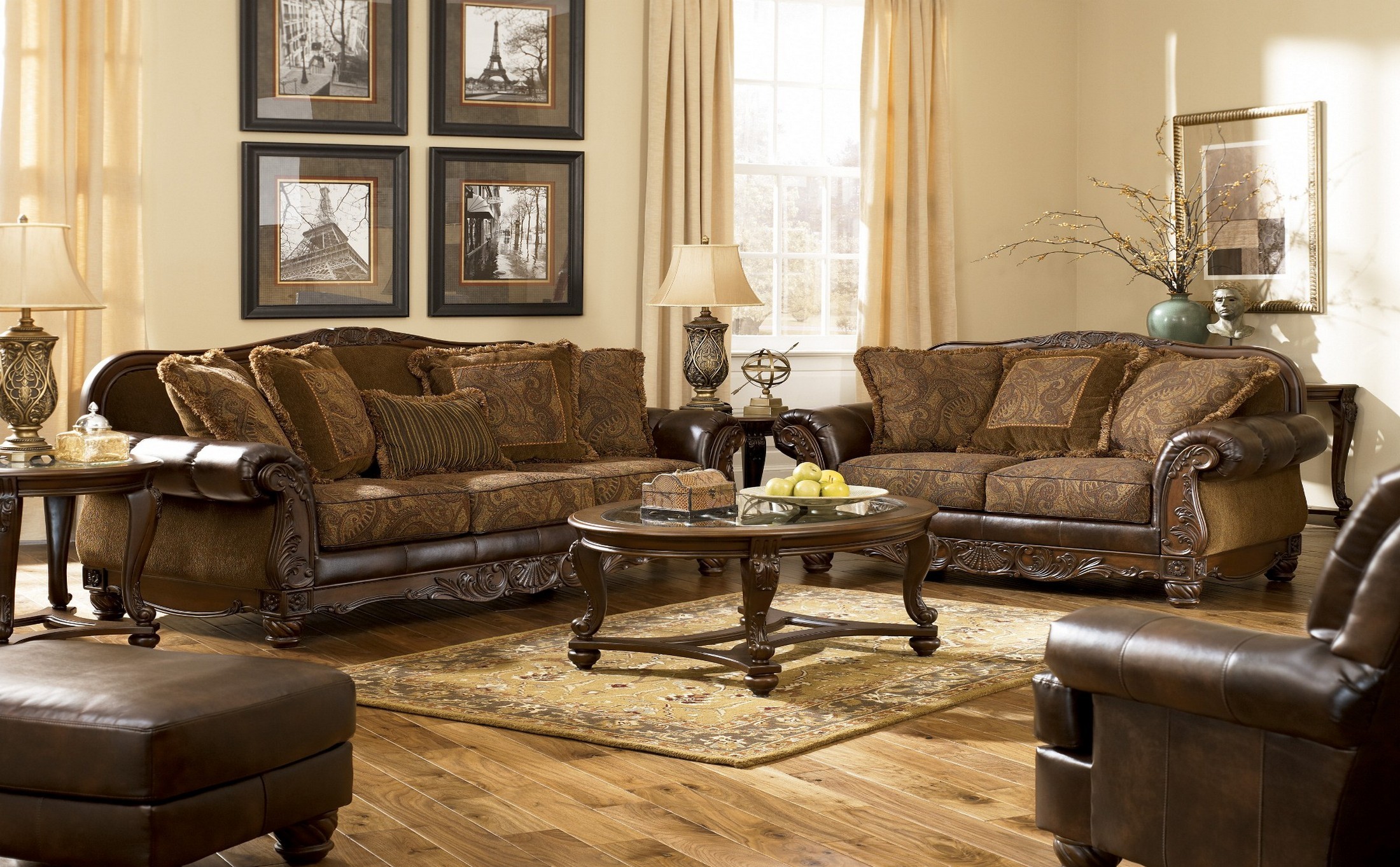





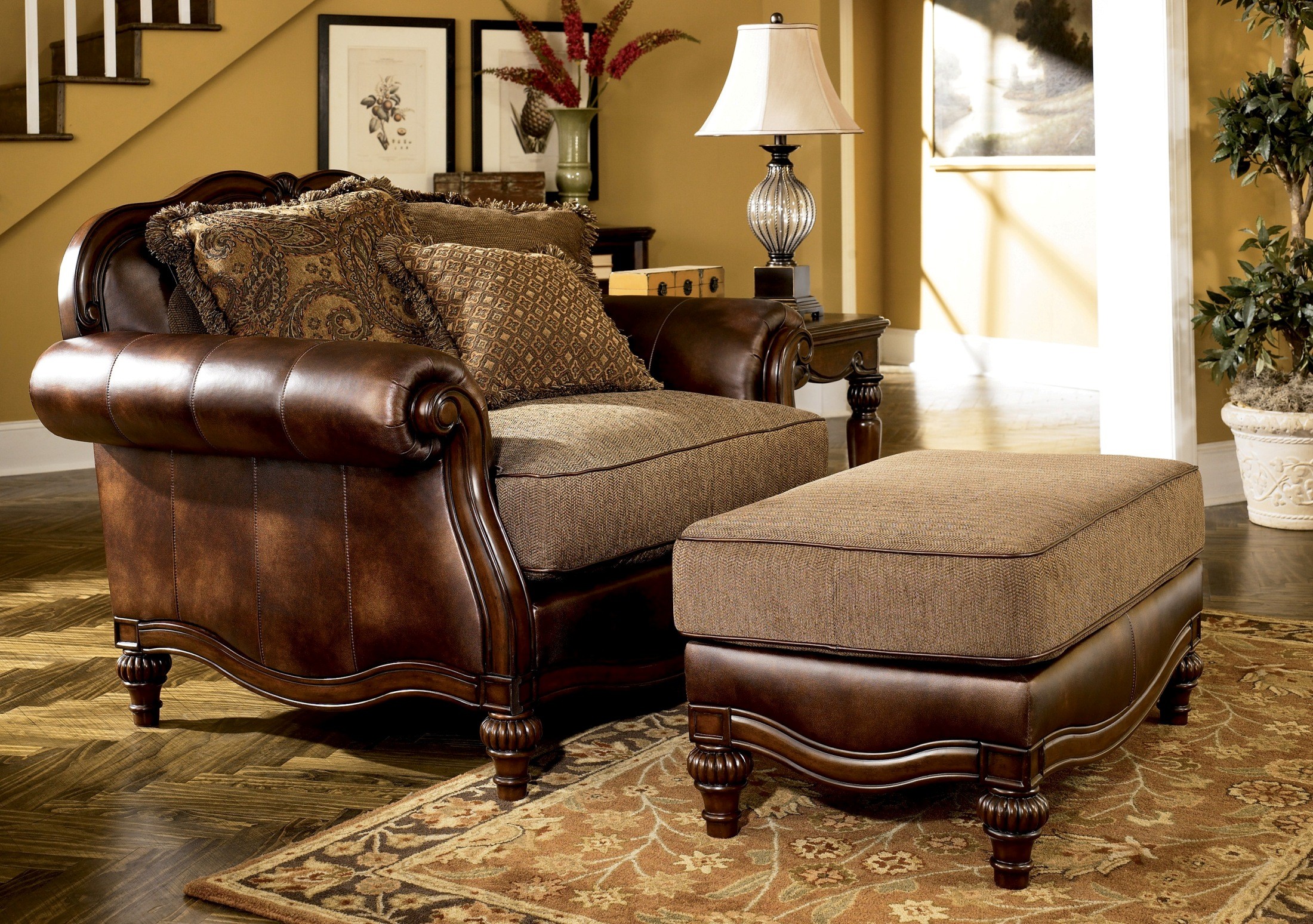











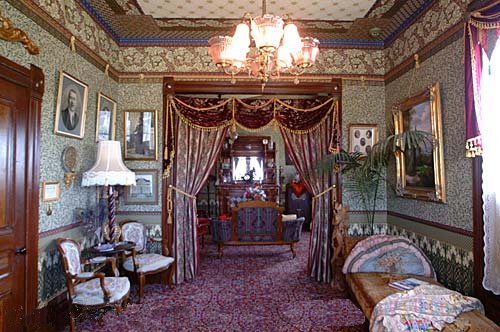
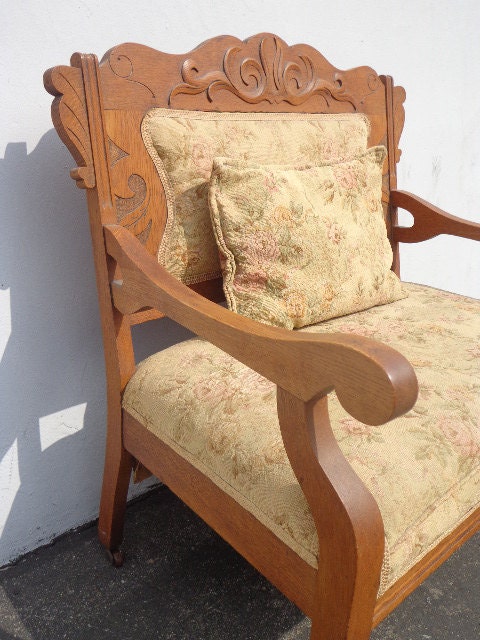
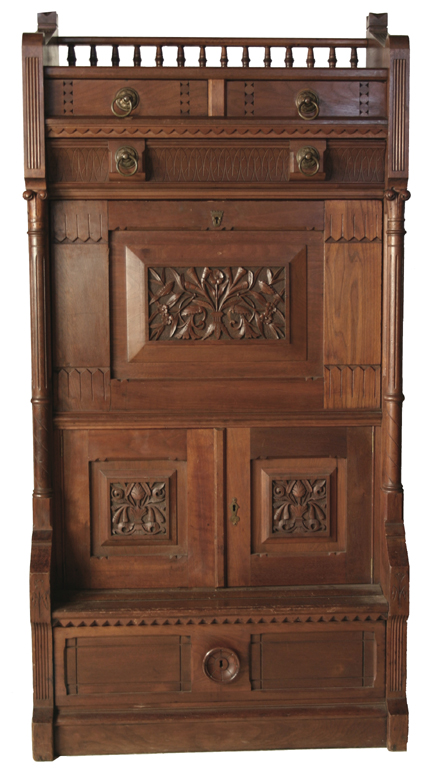




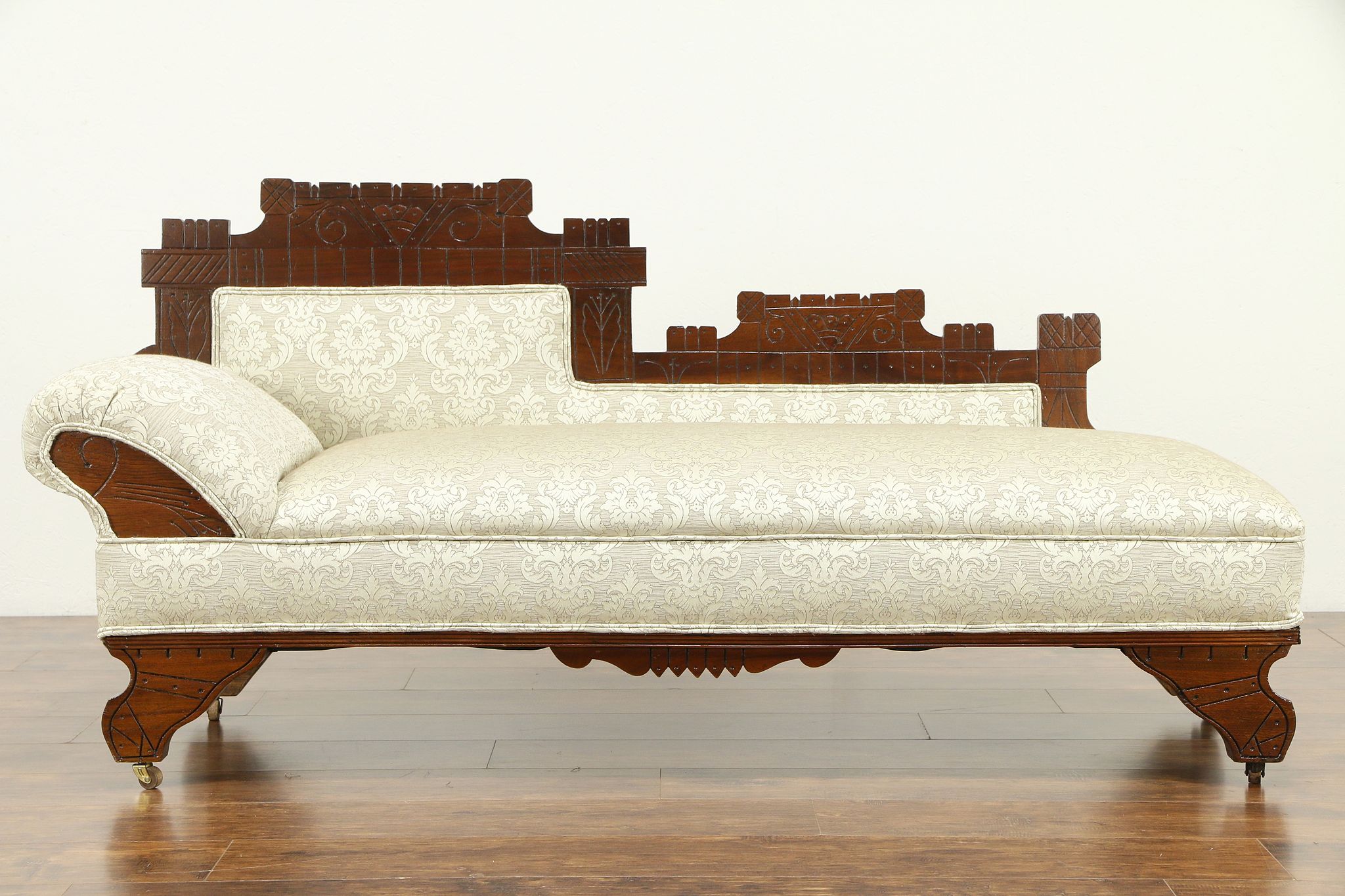
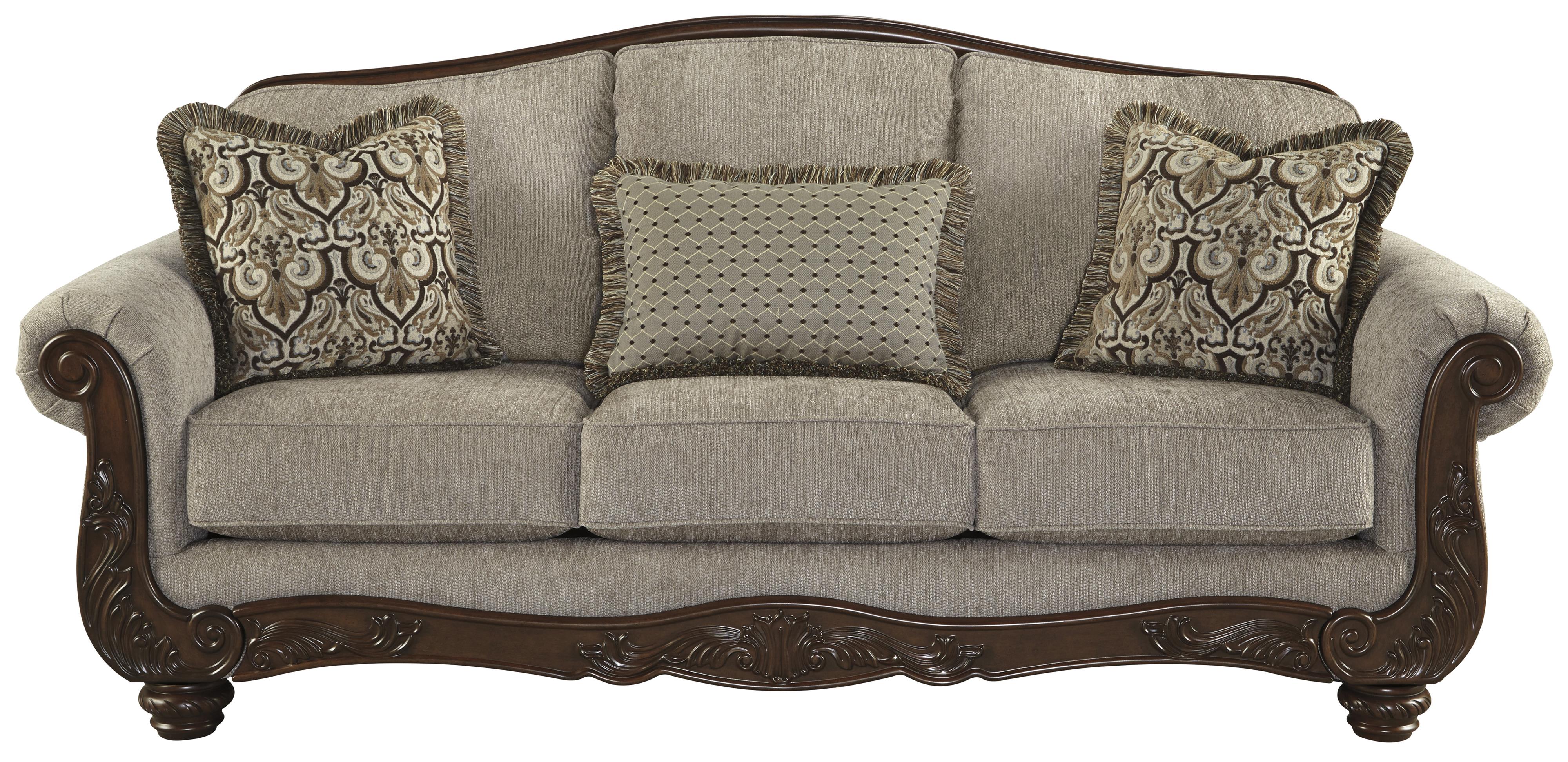
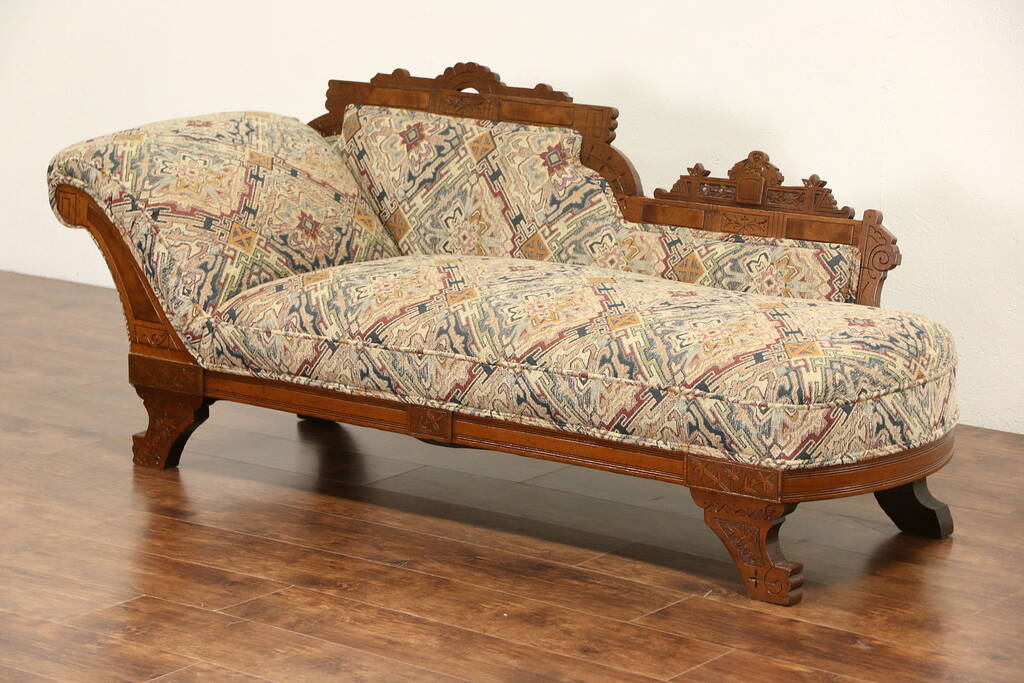






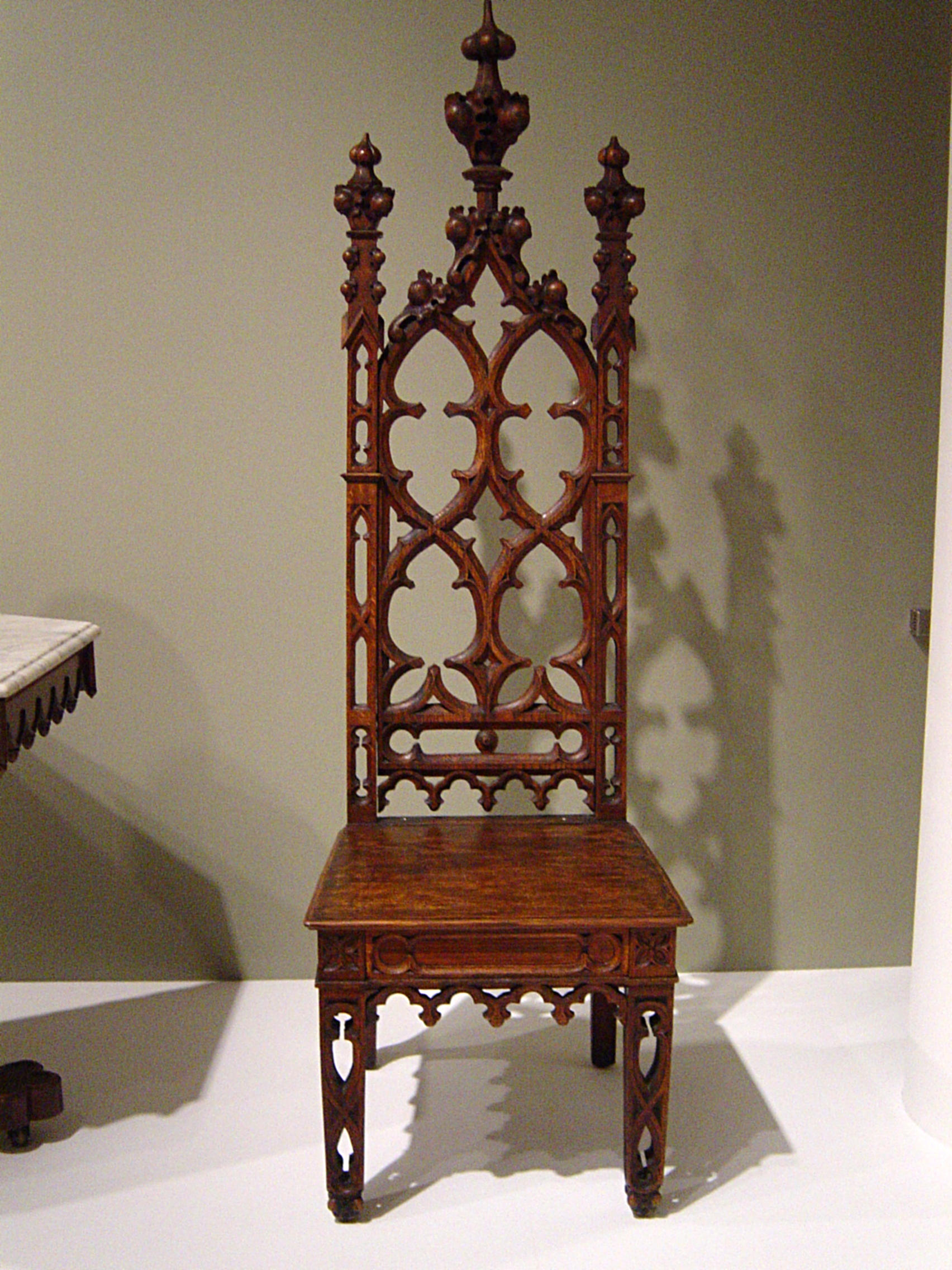















.jpg?maxwidth=2020&maxheight=1300)


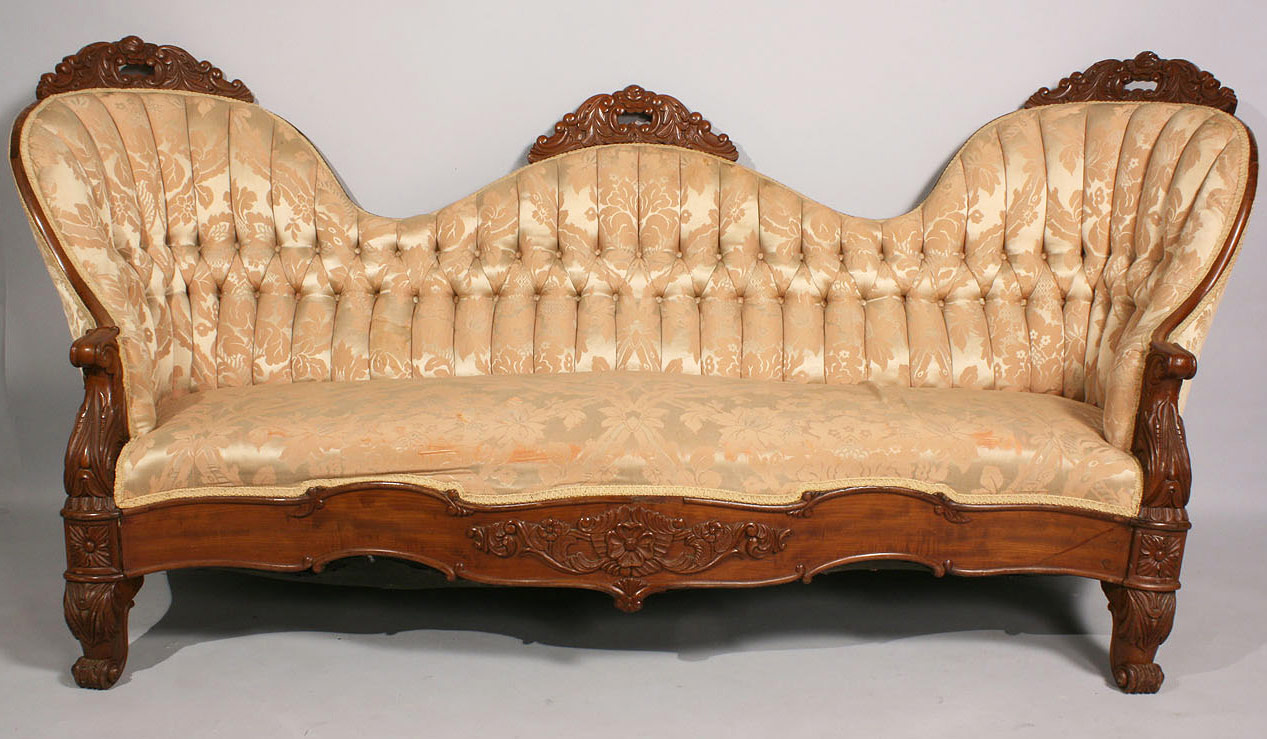

.jpg)
.jpg?mode=max)
.jpg)












